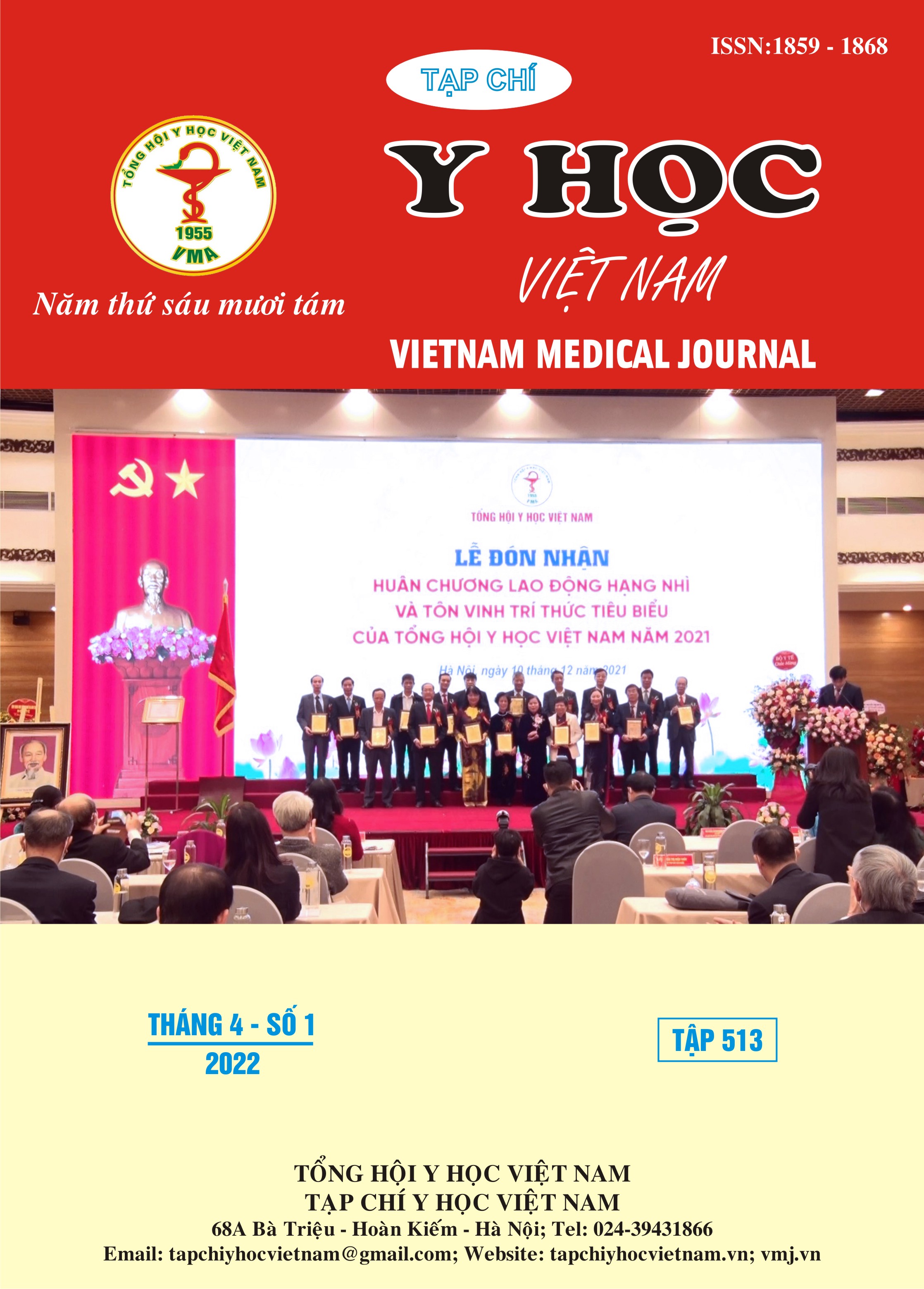STUDY ON CLINICAL AND RESULTS OF CARE FOR PRETERM INFANTS WITH HYALINE MEMBRANE DISEASE WAS TREATED BY SURFACTANT REPLACEMENT AT CAN THO GYNECOLOGY OBSTETRICS HOSPITAL AND CAN THO PEDIATRICS HOSPITAL
Main Article Content
Abstract
Background: hyaline membrane disease is a common problem in preterm infants. This disorder is caused primarily by deficiency of pulmonary surfactant in an immature lung. Surfactant administration for the treatment respiratory distress syndrome has been proven to be effective, safe and feasible and reduce mortality and complications. The care and follow-up after surfactant replacement are very necessary. Objectives: 1) To describe clinical of preterm infants with hyaline membrane disease was treated by surfactant replacement. 2) To evaluate the results of care for preterm infants with hyaline membrane disease was treated by surfactant replacement and some related factors. Materials and methods: a prospective study was conducted on 132 preterm infants diagnosed with respiratory distress syndrome was treated by surfactant replacement at the Can Tho Gynecology Obstetrics Hospital and Can Tho Pediatrics Hospital from 10/2020 - 06/2021. Results: the rate of male was 62.1%. The rate of gestation <32 weeks group was 79.6%. The rate of <1000 gram was 66.7%. There were 64,4% of patients having severe level of respiratory failure (Silverman score >5). The results of taking care of preterm infants after surfactant replacement were good at 81.1% and good at 18.9%. Relevant factors to the results of good taking care: gestation ≥28 weeks, birth weight ≥1500 gram, was treated by LISA method, infants having mild levels of respiratory failure, children without complications of atelectasis, pulmonary hemorrhage (p<0.05). Conclusion: the care and follow-up after surfactant replacement are very necessary.
Article Details
Keywords
hyaline membrane disease, surfactant, taking care, preterm infant
References
2. Huỳnh Thị Duy Hương (2016), "Bệnh lý phổi gây suy hô hấp sơ sinh", Sách giáo khoa nhi khoa, Nhà xuất bản y học, tr. 232-247.
3. Lâm Kim Hường (2018), “Xác định hiệu quả điều trị suy hô hấp do bệnh màng trong ở trẻ sơ sinh non tháng bằng surfactant tại khoa Sơ sinh bệnh viện Phụ sản Cần Thơ”, Đề tài NC cấp cơ sở của Bệnh viện Phụ sản Thành phố Cần Thơ năm 2018.
4. Canals Candela F.J., Vizcaíno Díaz C., Ferrández Berenguer M.J. (2016), “Surfactant replacement therapy with a minimally invasive technique: Experience in a 23. pp.79-84.
5. Khong T.Y., Malcomson D.G.R. (2015), Keeling’s Fetal and Neonatal Pathology 5th, Springer, pp.361.
6. Yost G.C., Young P.C., Bunchi K.F. (2001), “Significance of grunting respiratory in infants admitted to well – baby nursery”, Arch Pediatr Adolesc Med,155, pp. 372-375.
7. Sweet D. G., Carnielli V., Greisen G., et al. (2019), "European Consensus Guidelines on the Management of Respiratory Distress Syndrome – 2019 Update", Neonatology, 115 (4), 432-450.


